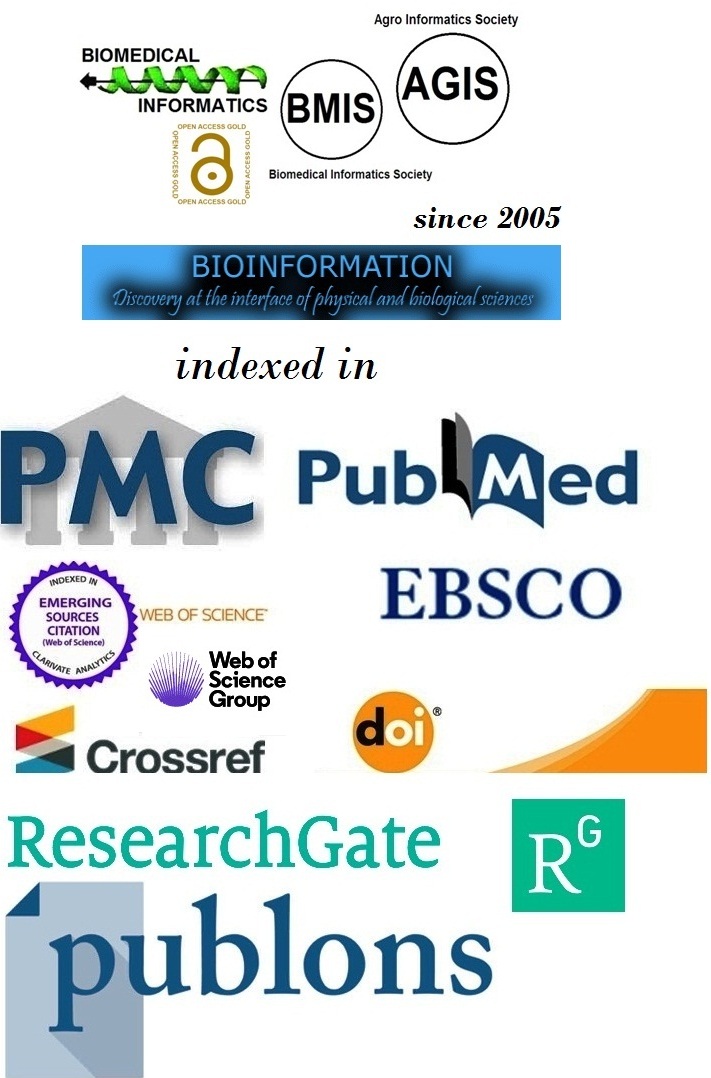Title
In vivo analysis of puerarin from Pueraria tuberosa as a promising galactagogue
Authors
Kiran R. Giri1, Kamlesh M Palandurkar2, Udit Agrawal3, Ved Prakash1, Amit Singh1,* & Anshuman Trigunayat1
Affiliation
1Department of Pharmacology, Institute of Medical Sciences , Banaras Hindu University, Varanasi - 221005, Uttar Pradesh, India; 2Department of Biochemistry, Institute of Medical Sciences , Banaras Hindu University, Varanasi - 221005, Uttar Pradesh, India; 3Department of Biochemistry, Nandkumar Singh Chouhan Government Medical College, Khandwa, Madhya Pradesh, India; *Corresponding author
Kiran R Giri - E - mail: drkirangiri@bhu.ac.in
Kamlesh M Palandurkar - E - mail: kamlesh@bhu.ac.in
Udit Agrawal - E - mail: drudit786@gmail.com
Ved Prakash - E - mail: sonivedgmc@gmail.com
Amit Singh - E - mail: amit829@rediffmail.com; Phone: +91 9452567899
Anshuman Trigunayat - E - mail: anshuman_trigunayat@rediffmail.com
Article Type
Research Article
Date
Received November 1, 2024; Revised November 30, 2024; Accepted November 30, 2024, Published November 30, 2024
Abstract
Breastfeeding is crucial for maternal and infant health, yet global rates vary, with India having the highest at 43.2% and the lowest at 35.8%.To evaluate the galactagogue properties of Pueraria tuberosa in a female rat model, assess its safety through acute toxicity studies, and examine its impact on hormone regulation. Secondary objectives included analyzing its effect on serum prolactin levels and conducting molecular docking and GC-MS analyses. Ethical approval was obtained (Letter No. Dean/2019/IEAC/1614). Charles Foster rats were housed under standard conditions and divided into four groups: vehicle, Pueraria tuberosa extracts, 15 mg/kg/day of Puerarin in DMSO and saline, and from day three today fifteen of parturition, 2.7 mg/kg of domperidone. Weekly body weights and milk yield were recorded. Serum prolactin levels were measured using the Rat Prolactin ELISA Kit. GC-MS analysis identified Pueraria tuberosa extract constituents. Imaging with the Vevo LAZR System evaluated breast areas, and molecular docking studies targeted the 5-HT2AR and D2 receptors. Significant differences in milk yield were observed between the 3rd and 14th days across treatment groups, with Puerarin and domperidone significantly increasing serum prolactin levels. Imaging indicated increased breast blood flow in Puerarin-treated rats, suggesting enhanced lactation. Molecular docking showed high affinity of Puerarin for D2 and 5HT2A receptors, indicating potential hormonal regulation mechanisms. This research provides a comprehensive preclinical evaluation of Puerarin's efficacy and safety as a galactagogue, addressing gaps in understanding herbal lactation aids and laying the foundation for future clinical trials and comparisons with established galactagogue
Keywords
Galactagogue, breastfeeding, pueraria tuberosa, puerarin, aquaporin channel
Citation
Giri et al. Bioinformation 20(11): 1574-1581 (2024)
Edited by
P Kangueane
ISSN
0973-2063
Publisher
License
This is an Open Access article which permits unrestricted use, distribution, and reproduction in any medium, provided the original work is properly credited. This is distributed under the terms of the Creative Commons Attribution License.
